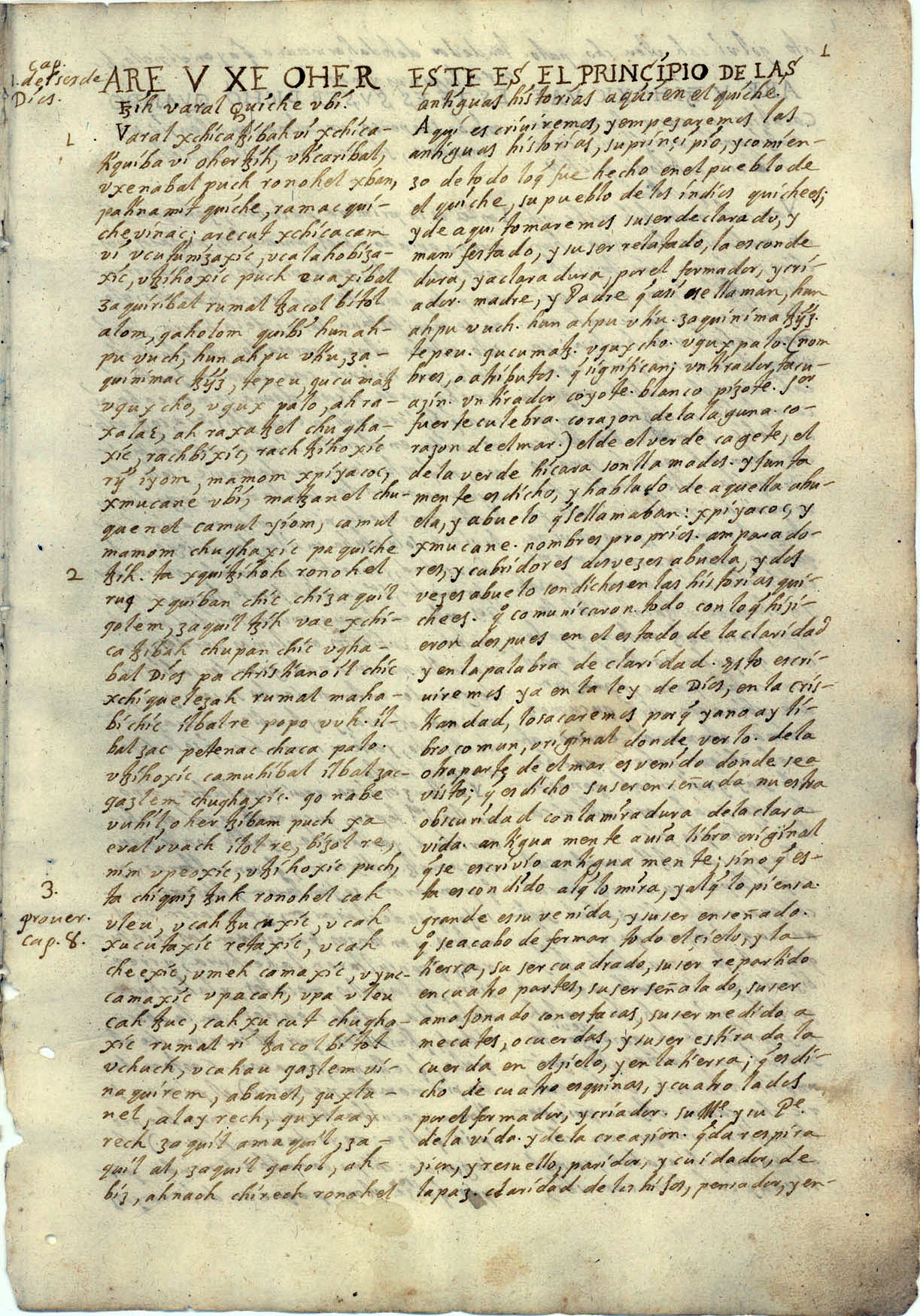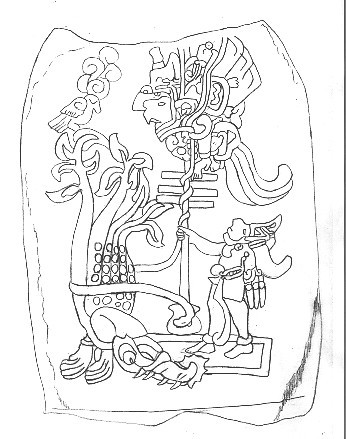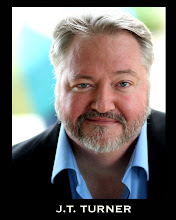Hello loyal readers! When last we met, I mentioned that I would show you a ball court, or at least where to find one...
Come outside with me. Yes, yes I know it is the dead of night, trust me it will be worth it. We need the right spot, preferably away from light pollution, outside of cities, as far into the countryside as we can get. Out here away from the glare we can see the stars better. I want you to look up, and see not just the single stars, but a dense dusting of stars, like a path of spilled milk across the sky. That is the Milky Way. And this amazing sight is the key to a lot of what all the doomsday fuss is all about.
Astronomers would tell us that this amazing visual treat is actually a part of the very galaxy our earth is located in. The Milky Way galaxy is called a spiral galaxy, having arms that spiral out from it's center. Earth is on one of the edges of the galaxy, which contains between 200-400 billion stars. It is large beyond belief, 150,000 light years across. Light travels 5,880,000,000,000 miles per year, multiply that by 150,000 and you get the idea, the Milky Way is immense. It is roughly like a flying saucer, with a bulge at its center, and like all Galaxy's is filled with dust, stars and gas. Since we live on an edge, we look across this Galaxy, and that creates the milky road we can see going across the sky. This astronomical feature has had great effect on many of the ancient cultures of the world, especially upon the Mayans.Please note that within it is a dark spot, an opening if you will, called the Dark Rift. To the Mayans the Milky Way and the Dark Rift was several things, including the ball court we spoke of last blog.

Mayans were rather famous for thier ball games. Competing tems played on a ballcourt, trying to get points by driving a ball through a stone ring suspended in the court. So far as we know it was a bit like soccer, no hands were used just the rest of the body. Most famously the losing teams captain was sacrificed to the gods.
Mayan ballcourts were recatngular, had some slanted walls on the sides. Thinking of that shape we can superimpose the structure on the Milky Way, and imagine the Dark Rift as the goal circle.But the Dark Rift, as goal post, is also the entrance to the underworld, called xibalba. We know that the Hero Twins and their Father and Uncle before them, played against the gods in a ball court, and so the Mayans saw this in the night sky. This is a strong connection between astronomy and religion.
I know it is a stretch for us to see a ball court there in the Milky Way, but no more a strecth than seen a hunter, a dipper or a bear. But the Milky Way is more than just a ball court, more on it next blog.


 A movable stone marker
A movable stone marker


 The Twins shooting a Bird Deity
The Twins shooting a Bird Deity

